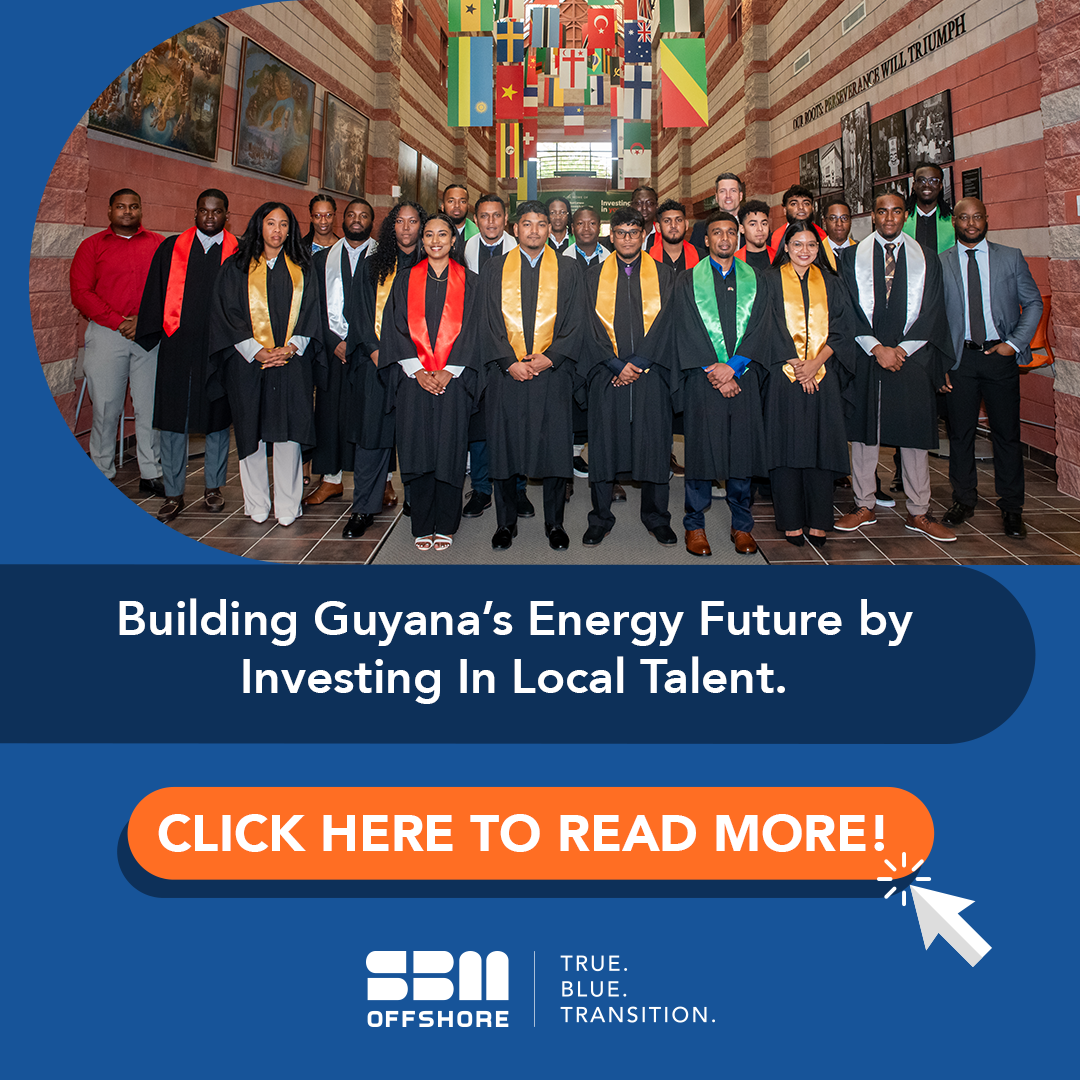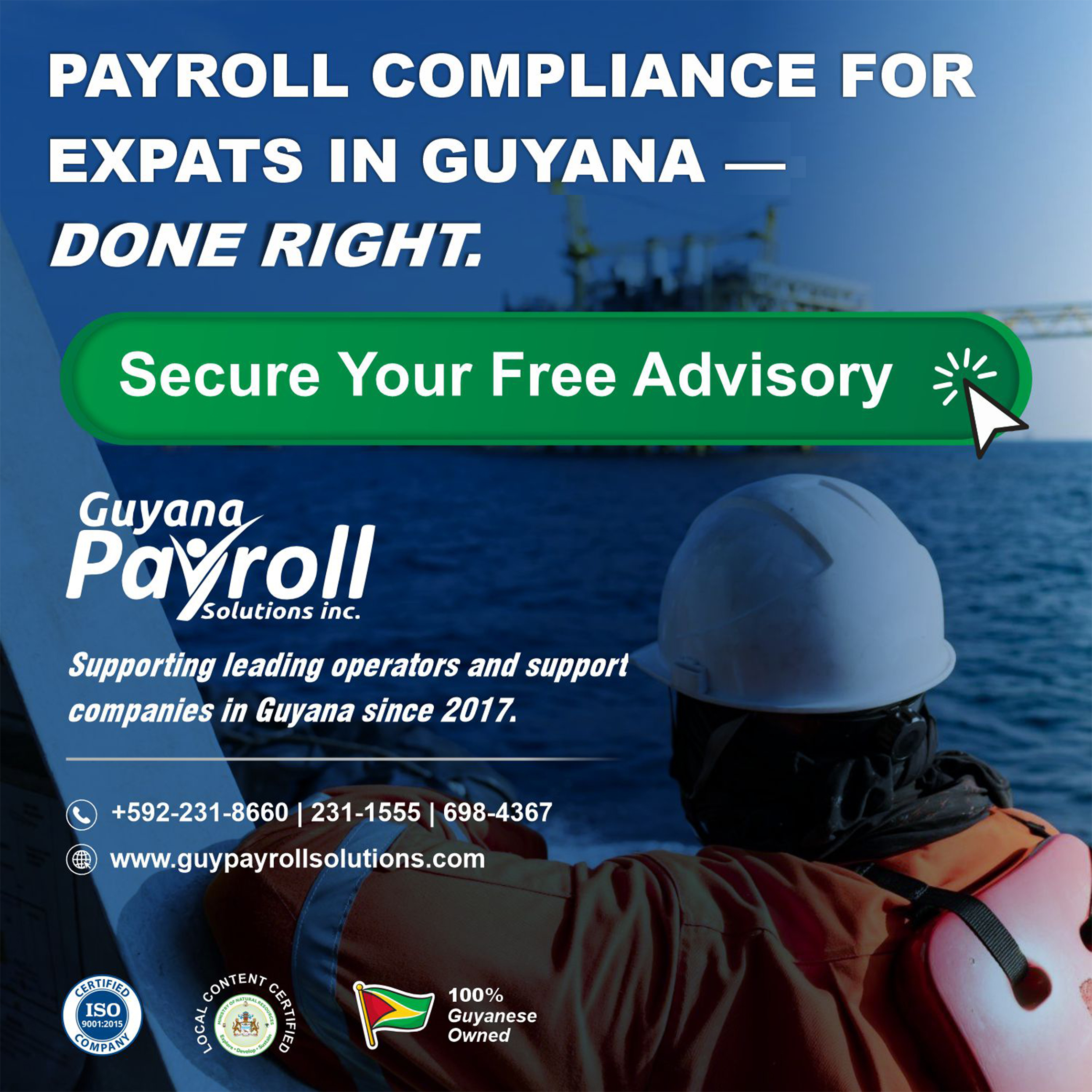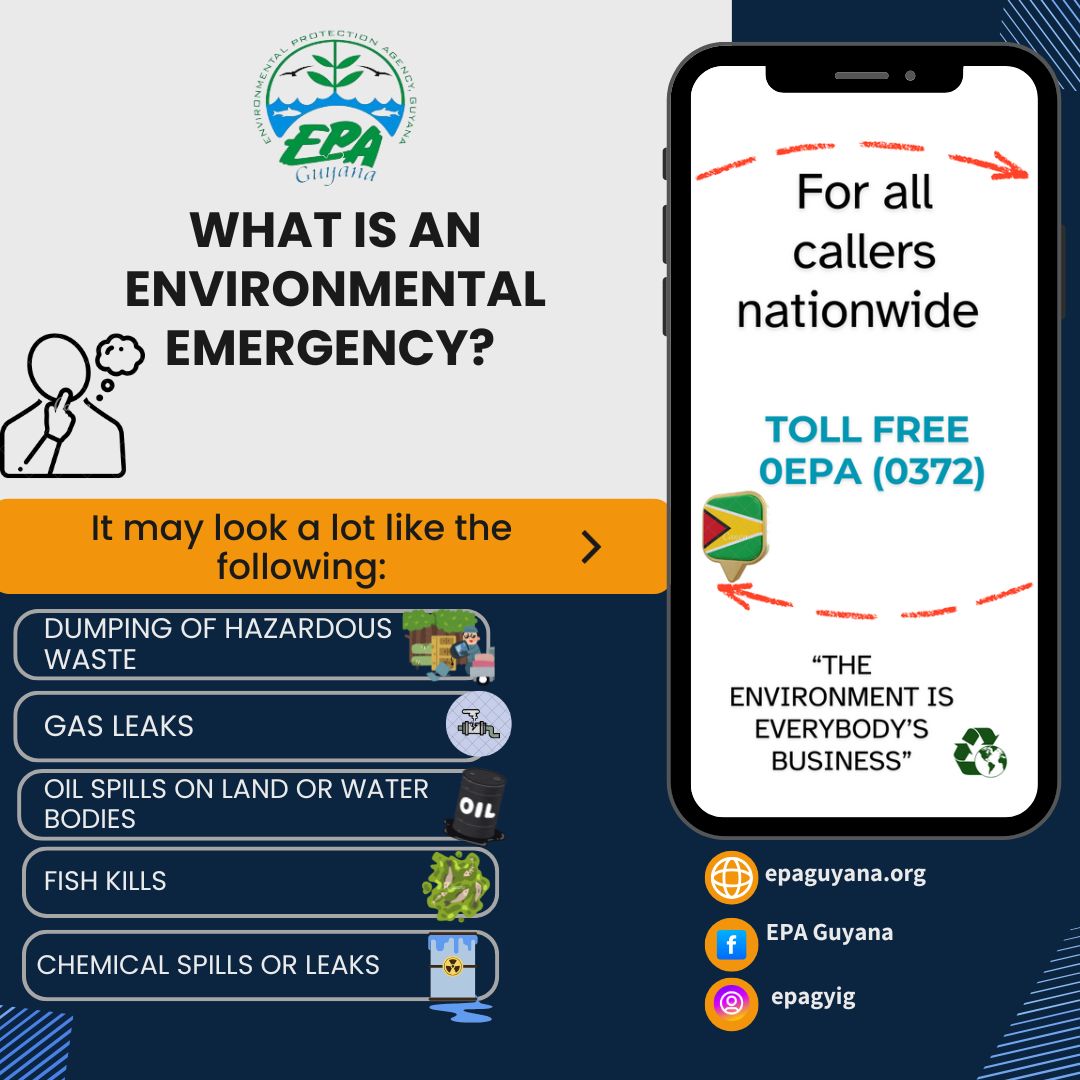Rope Access (RA) is vital in the oil and gas industry. It uses ropes, harnesses, and specialized equipment for efficient inspection, maintenance, and repair in hard-to-reach areas on offshore platforms, FPSOs, pipelines, and refineries. It is faster, more flexible, and more cost-effective than scaffolding or cranes. With a strong safety record, RA is the preferred method for accessing challenging environments.
Alexander Hammond, Rope Access Manager at Qualco Group of Companies, believes confidence instilled by optimized training results in RA excellence.
“Trust your training and equipment. The more you use the gear, the more confident you’ll become,” he emphasized.
Early in his career, Hammond’s confidence served him well during a nerve-wracking 70–80-foot descent. “Once I trusted my gear, my fear faded,” he said. Hammond now oversees training at Qualco Guyana and its sister company, Zadoc.
Both follow the strict guidelines of IRATA (Industrial Rope Access Trade Association), the global standard for RA. Training and Fitness Requirements RA training involves three levels: Level 1 focuses on basic climbing, rigging, and safety; Level 2 adds advanced climbing, rescue techniques, and supervisory skills and Level 3 covers technical rigging, complex rescue operations, and site leadership.
“Each level builds on the last,” Hammond explained. “We insist on having a Level 3 on-site at all times to ensure safety.” Courses are intensive, running over four days with an assessment on the fifth. Trainees spend hours in harnesses, making physical fitness crucial. Aspiring rope access technicians need upper body strength, core stability, endurance, and flexibility. Comfort in confined spaces and staying calm under pressure are equally important.
Enhancing Existing Skills
RA complements other technical abilities. Welders, engineers, inspectors, and maintenance personnel can up their game by adding RA to their skill sets. “We train people with existing skills to work safely at height, allowing them to apply their expertise in otherwise inaccessible places,” Hammond said.
In oil and gas, it’s useful for welding pipelines, inspecting structures, and conducting non-destructive testing in locations where scaffolding is impractical.
Career Advancement
Dedication is essential to RA proficiency. To progress, trainees must log significant hours in the field. IRATA mandates 12 months and 1,000 hours between levels, ensuring technicians gain real world experience before advancing. Hammond advises taking time to grow.
“We like to see technicians with four to five years of experience before they reach Level 3,” he noted. The IRATA requires technicians to renew their certifications every three years to stay updated with safety standards. Technicians inactive for more than six months are encouraged to refresh their skills. Since 2021, Qualco has focused on training a small team of technicians, primarily for internal operations. RA mastery is crucial in the oil and gas sector, where safety, efficiency, and cost effectiveness are paramount.
Qualco plans to expand and tap the developing oil and gas market in Suriname. Although rope access has traditionally attracted men, Hammond is optimistic about greater diversity.
“I’ve worked with remarkable women in the field. It’s only a matter of time before more join,” he said. For those hesitant about heights, Hammond offers reassurance. “The more familiar you are with the equipment, the more trust you build. Rope access is safe when done right,” he concluded.
By combining technical expertise with physical readiness, rope access opens doors to challenging and rewarding careers in industries where safety and efficiency matter most.





